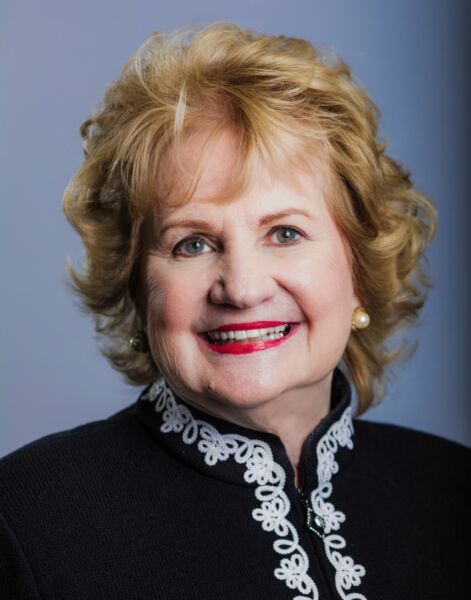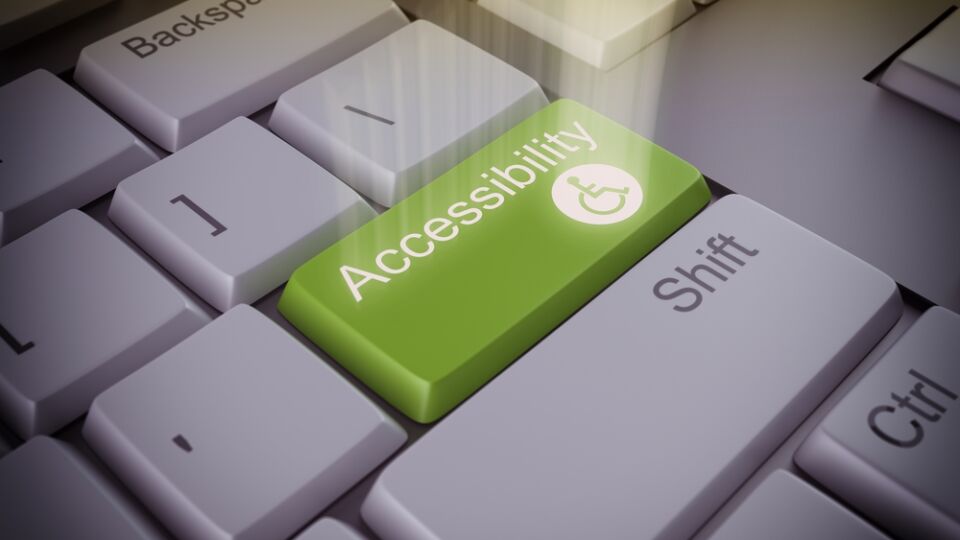
The COVID-19 pandemic has only heightened the move away from the physical walk down store aisles to the seamless clicks of buttons and consumers’ reliance on the internet for retail purchases. The trend was never surprising. Making a purchase on the internet is fast, convenient, and all-encompassing. Your mousepad becomes a shopping cart to whatever you want, whenever you want it and wherever you need it. Except if you are vision impaired or blind.
A computer screen essentially turns into a piece of glass when a website is not accessible to screen reading software. An estimated 93 million adults in the United States are at high risk for serious vision loss, and nearly 12 million adults over the age of 40 currently live with vision impairment or blindness, according to the Centers for Disease Control.
A Nucleus Research study in 2019 showed 70% of online retailers’ sites are inaccessible, forcing two-thirds of blind and visually impaired consumers to abandon transactions and head to more accessible sites. This means that retailers are losing $6.9 billion in e-sales to their more accessible online competitors every year…and that’s before COVID-19 hit.
That is a lot of dollars lost on the table during an ongoing economic and health crisis. The other risk to consider is the growing trend of lawsuits. The Americans with Disabilities Act (ADA) is the law that helped the wheelchair-bound gain access to public buildings. But there is more to it.
The law recognizes that people with all disabilities — including the blind — have the right to equal access. Title III of the ADA states that “public accommodations must comply with basic nondiscrimination requirements that prohibit exclusion, segregation, and unequal treatment.” This means that organizations that provide public accommodation must take steps to communicate effectively with customers with disabilities, including online.
The rate of ADA-based web and app lawsuits jumped by 177%, from 814 in 2017 to 2,258 in 2018, according to a Venture Beat analysis. A 2020 WebAIM research report found that 98.1% of the top one million websites’ home pages had detectable failures in complying with the international standard, Web Content Accessibility Guidelines (WCAG).
Many times, proactive changes are not made because it seems too difficult. It doesn’t need to be complicated, and it doesn’t need to be an expensive website overhaul to ensure no customers are shut out. Here are three simple ways to reach even more consumers online and avoid ADA lawsuits.
Make a Statement
A clear accessibility statement goes a long way in showing your commitment to inclusion of all consumers. It must be included on each webpage and have an email and phone number of a person that can be contacted in the event a customer living with a disability is struggling to view or access the website when making a purchase.
Collaborate for Counsel
Seek out the experts: those living with a disability. By working with an advocacy group, your business can understand how your website is truly reaching users with low vision, among other disabilities, and whether it is effective. At Miami Lighthouse for the Blind and Visually Impaired, our team of IT technicians audits and counsels businesses of all sizes, including even presidential campaigns, on improvements they can make to be fully accessible.
Add Toggles
First, ensure all buttons, links and images are labeled with text descriptions, known as ‘alt tags’ in the backend of your site. Widgets enabling customers to change font sizes or color contrast also are not difficult to implement. Seniors with low vision, for example, may just simply need to adjust the font size to complete a purchase. Installing a “toggle” will unlock your site to even more potential customers and ensure you won’t lose the increasing number of seniors shopping on the internet.
Your website is the front door of your business. Prioritizing inclusive website design allows you to invite more customers in. By taking simple first steps, you also improve public perception, hence your reputation. Your value only increases when you create more opportunities for access.
Virginia Jacko is President and CEO of the Miami Lighthouse for the Blind and Visually Impaired, where she is working to build a more inclusive society for the blind and visually impaired, including through its job readiness training and website accessibility counseling for companies, state election boards and presidential campaigns. Her journey to CEO began as a student of Miami Lighthouse’s vocational rehabilitation program after losing her own eyesight in adulthood while a leading financial executive at Purdue University.




